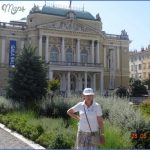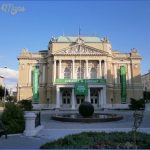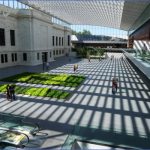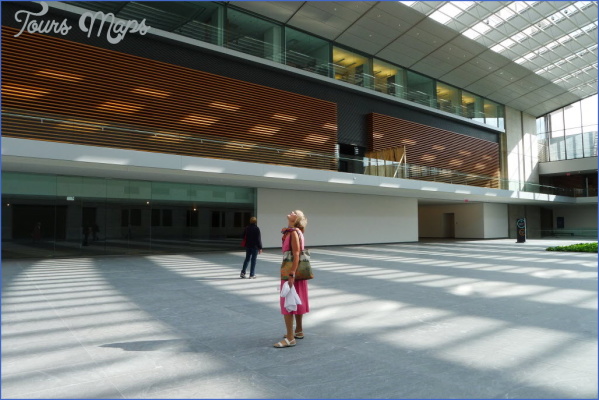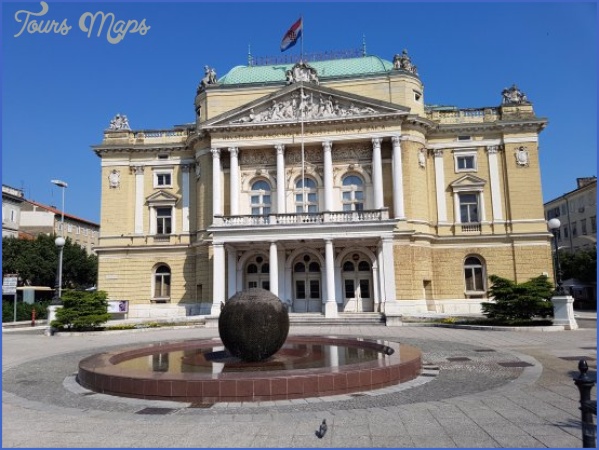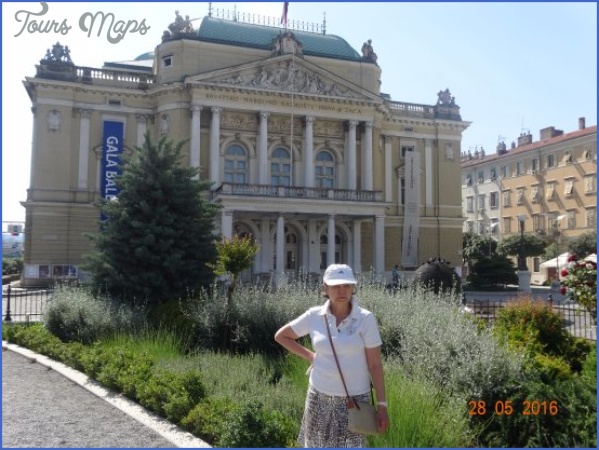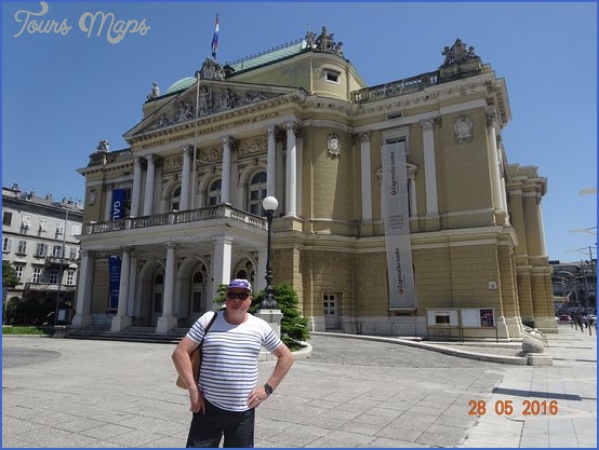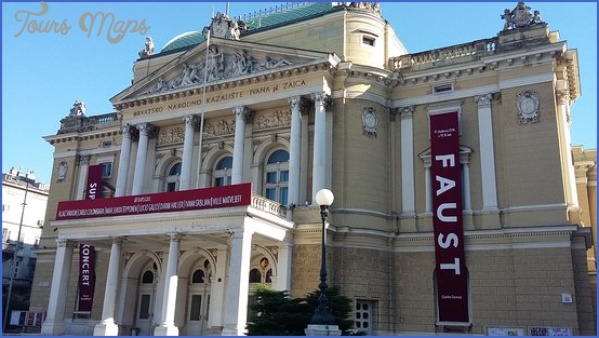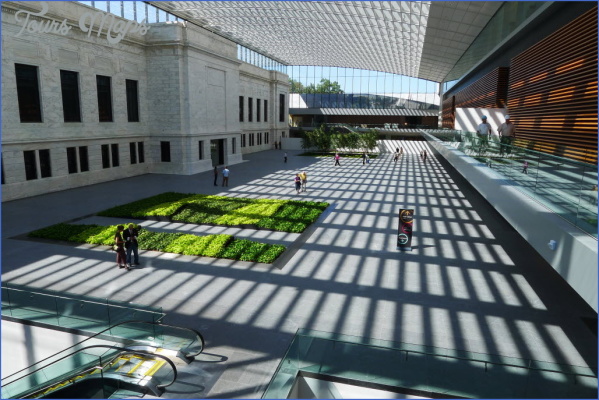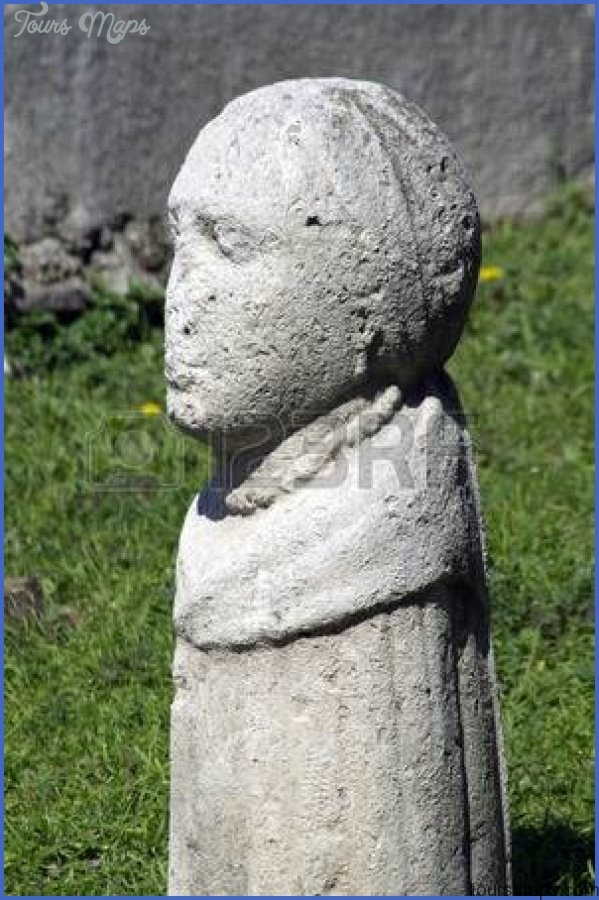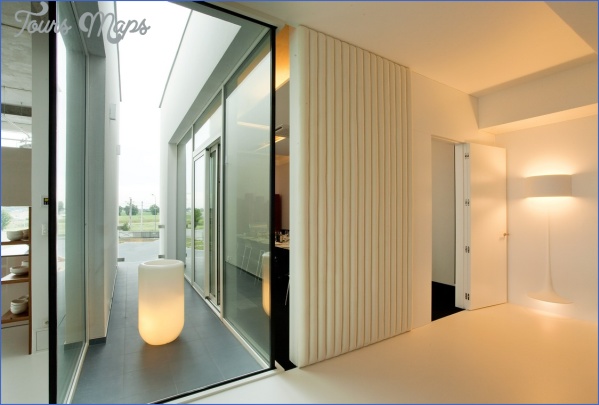ZAJC MUSEUM
The most important of Croatian Romantic composers, Ivan Zajc was enormously prolific: his opus numbers, going up to 1202, make even Czerny seem a slouch. He was born in Rijeka, on 3 August 1832, of partly Czech ancestry, and trained in Italy; he made his career initially in Vienna as a composer of operetta, but in 1870 was pressed to come to Zagreb, where he served as a focal figure for Croatian music for the rest of his life. He was head of the Croatian Institute of Music, founded the Croatian Opera, taught composition and singing and organized concerts in which he conducted and played the piano. He died, regarded as the saviour of Croatian music, and much honoured, on 16 December 1914.
The house where he lived in Zagreb, in the old Upper Town (at 16 Visoka ulica), still stands, and bears a memorial plaque. He is commemorated, however, in the Zagreb City Museum, where a section of a large room is devoted to him (it is shared with the writer August Senoa), as a re-creation of the study in that house, where much of his music was written. A photograph of the study, as part of the exhibition, shows the exactness of the recreation. Originally set up some 70 years ago, it is elegantly laid out.
One area is given over to portraits of his family, including his father (a Bohemian military musician), his son and daughter, as well as Zajc himself and his wife Natalija. Two display cases show some of his honours and awards, including silver and gilded laurels and a variety of medallions and cups, and another has photos and ornaments. There is some of his furniture, recovered but with old embroidered cushions, and there are embroidered and velvet folders for music; on the table is a photo album assembled in 1909 by the singers of one of his operas. The gold-embroidered piano stool seems well worn. His working desk is there too, with various framed certificates (one for his honorary citizenship of Zagreb) and photos as well as personal items such as his visiting cards and his glasses case. It is clear that Zajc worked hard and won due honour.
ZAJC MUSEUM Photo Gallery
Among the ten memorial rooms of the section of the Osterreichisches Theatermuseum in Vienna recently installed in Hanuschgasse (off the Albertina Platz just behind the Opera, separate from the main section in the Lobkowitz Palace) are two devoted to the operetta composers Carl Michael Ziehrer (1843-1922) and Imre Kalman (see KAlmAn). Along with the actors, producers and scenic designers commemorated in the remaining rooms, Ziehrer and Kalman are the subject of a halfhour video presentation, including historic footage, which visitors can view from a few rows of time-worn, red plush theatre seats at the start of their tour.
Ziehrer, who spent all his life in Vienna, was a regimental bandmaster and composer of hundreds of marches, waltzes and polkas that rivalled the popularity of those of the Strausses, as well as some two dozen operettas, among them Ein Deutschmeister (1888), Die Landstreicher (1899) and Die Fremdenfuhrer (1902). He was busy conducting in all the city’s dance halls, and at the Musikverein, while his operettas were holding the stage at the Carltheater, the Venedig, the Theater an der Wien and even the Hofoper. In 1908 he was appointed Royal and Imperial Hofballmusikdirektor (the successor of three Strausses), a post he held until his death. In due course a memorial plaque was erected on his house at ErdbergstraSe 1 (just off the LandstraSer HauptstraBe in the 3rd district), a stone and bronze monument in the Prater Hauptallee, and with the royalties from his music a benevolent society for musicians (the Carl-Michael-Ziehrer-Stiftung) was established by his widow. Even before his death the outer Viennese suburb of Baden honoured the composer with a Ziehrer-Hohe (1910) and a Ziehrer-Weg (1913). The first Ziehrer Room opened in the Hofburg in 1963. The present memorial room evokes the dance hall known as Stahlener’s (JorgerstraSe 26 in the 17th district), which since 1893 has had a Ziehrer-Saal. On a glass-enclosed semicircular plinth is Ziehrer’s grand piano, with the colourful banners from his premieres that once decorated his flat raining down from the ceiling, along with his top hat and death mask. To the side is his court uniform and next to it a portrait in which he is wearing it, with a gently benign smile perceptible through his whiskers. Gold and velvet furniture, family portraits, his military bandmaster’s sabre, a miniature Deutschmeister monument presented to him by the Teutonic Order on his 70th birthday and bronze laurel wreaths complete the scene. On the other side of the room are a video monitor with headphones and three display cases containing photographs and gifts from the Habsburg family, including a cigarette case from Archduke Wilhelm and a walking-stick from Crown Prince Rudolf.
Maybe You Like Them Too
- Explore Doncaster, United Kingdom with this detailed map
- Explore Arroyito, Argentina with this Detailed Map
- Explore Belin, Romania with this detailed map
- Explore Almudévar, Spain with this detailed map
- Explore Aguarón, Spain with this detailed map



